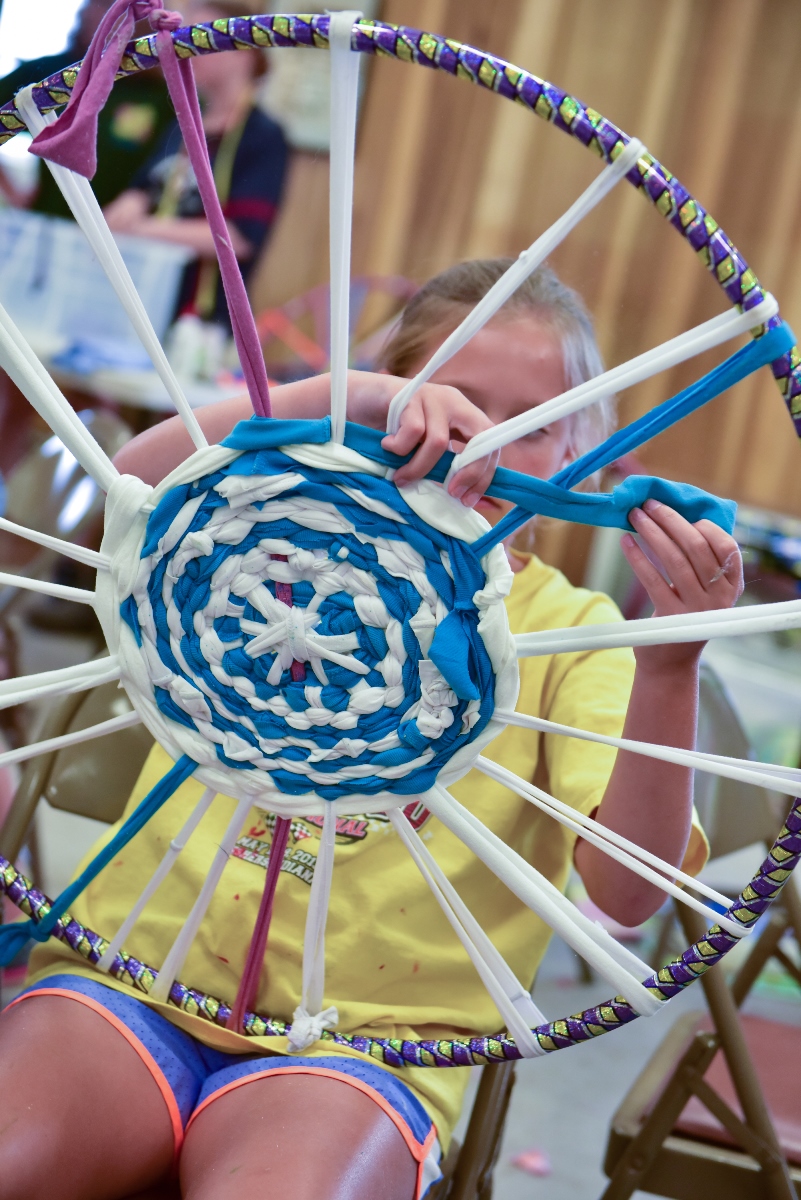Blog Posts | June 23, 2016
Share ThisEditor’s Note: This is the latest blog in our series marking National Week of Making.
By Chris Petrelli
Conner Prairie, Fishers, Ind.
In 1934, founder Eli Lilly created Conner Prairie as a place that would “connect people with history in ways that books cannot.” Since then, Conner Prairie has endeavored to honor his legacy by creating exhibits, programs and interpretation methods that celebrate Indiana’s past in new and exciting ways. Our mission “to inspire creativity and foster learning about Indiana’s past” reflects both Lilly’s legacy as well as our dedication to offering visitor-focused experiences that do not simply teach us about history, but also reveal how the past shapes our present and the future.
This corollary between the past, present and future is most powerfully exemplified through stories of innovation. Each technological advancement of today builds upon the breakthroughs of the past, just as each inventor stands upon the shoulders of his/her predecessors. By engaging visitors with our scientific and technological past, we can inspire them to innovate our world of tomorrow.
This is where making comes in. At Conner Prairie, we believe that everyone is inherently a maker when given the opportunity.



(All Photos Courtesy of Conner Prairie.)
Many years ago, making was just a part of a person’s daily life. If you needed a fence to protect your animals, you didn’t buy it – you built it. Today, Conner Prairie is offering a unique twist on the maker movement by creating links and jumping off points between our historic traditions of making and contemporary making. By incorporating maker activities into our daily experience and through programs like Maker Camp, a week-long summer camp for kids ages 8-12, we are creating environments that facilitate creative expression, problem solving, and engagement with historic tools, materials and traditions. Participants draw inspiration from historic trades like blacksmithing, pottery, weaving and carpentry to make 21st century creations. In this way, we hope to expand the relevancy of historic processes, tools and materials, and facilitate a greater understanding of the connection between making in the past and making in the present.
Chris Petrelli is director of programs and education for Conner Prairie Interactive History Park.
